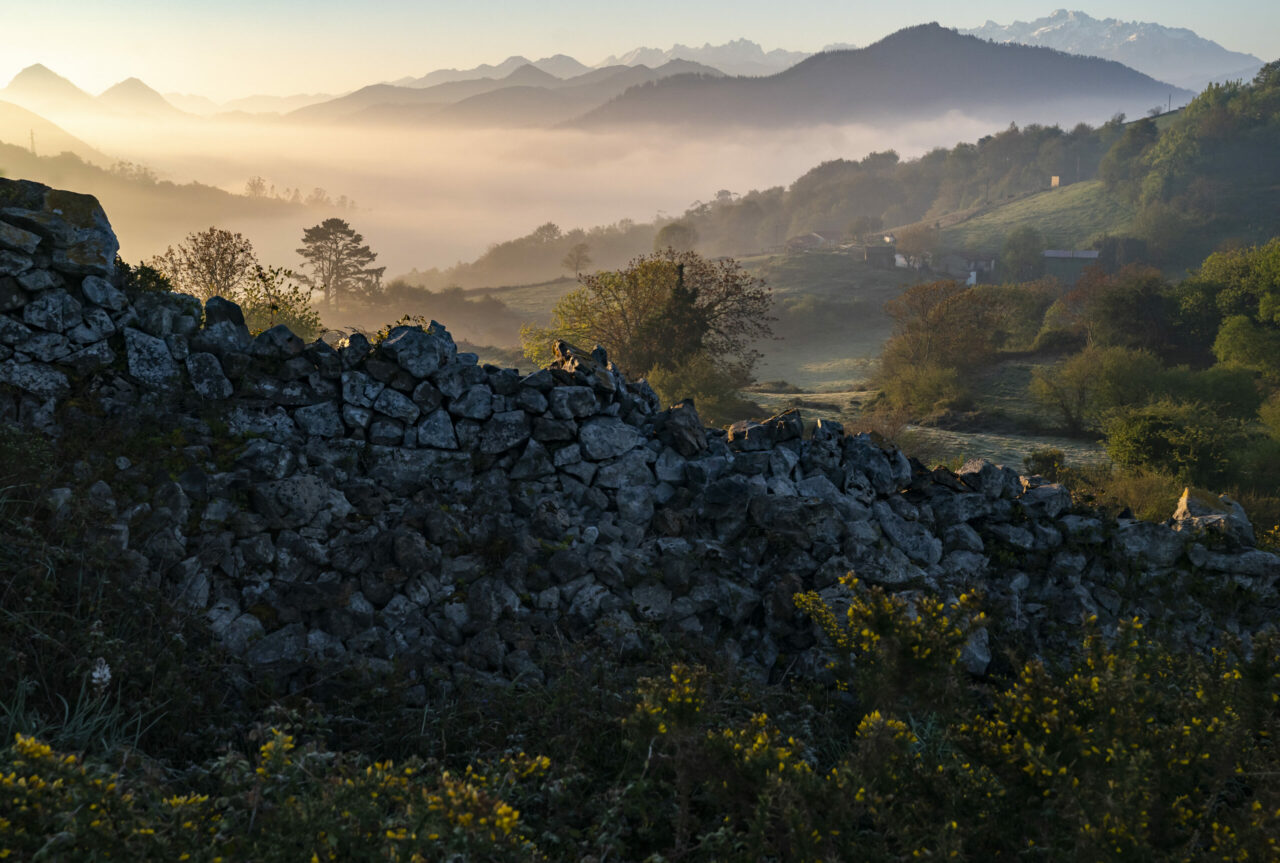
“The problem with conservation is…”
There was a moment from our interview with ReWild Yourself Champion and small scale rewilder Luke Massey that forced the team to step out of our ‘nature connection bubble’ for a moment.
Luke shared some of the responses he’d had from locals to his efforts (along with wife Katie) to transform an old dairy farm in the Asturian hills (northern Spain) into a sanctuary for nature (Wild Finca). It included a number of negative responses towards their efforts, as well as an anti-Nature narrative present in some corners, where Nature plays the scapegoat.
In Luke’s own words,
“Nature is seen as this separate thing, that’s ‘over there’, and because we don’t maybe know about it…it’s the fear of the unknown…it’s nature’s fault”.
Whether it be low yields, the spread of disease, the loss of livestock, or something totally unrelated, Nature often takes the blame. It’s seen as separate – a problem to be resolved – rather than something we are part of, or solution to our ills.
You can hear Luke’s comments below or watch the full interview and read about his work HERE. Follow @ReWildYourself on instagram to watch her interview highlights.
Legitimate problems
Lukes account of this anti-nature, or anti-conservation sentiment, got us thinking about other examples that exist. To us, the protection, conservation, preservation and restoration of the environment seems innately, undisputedly ‘good’, but of course it ultimately comes down to our situation and what we value as individuals. That said, there are certain criticism that feel far more legitimate than others.
We thought we’d share a brief snapshot of what we discussed and discovered, starting with a couple of the most important considerations and points of contention.
Displacement of Indigenous Communities
In the name of conservation, numerous indigenous groups across the planet have been forced out of their homelands in order to make room for wildlife and tourism. This often tears apart ancestral and harmonious bonds between land, wildlife and humans. What has happened in Botswana since the 1960s is a good example, where the government has carried out three major evictions of the indigenous Bushmen from ancestral land in the Kalahari Desert to create the Central Kalahari Game Reserve.
In many cases indigenous peoples have been stewards of the worlds most vital natural environments, so their displacement, from a purely conservation view point, can also be counter productive. Regardless, such a heavy human cost is surely not tenable or sustainable.
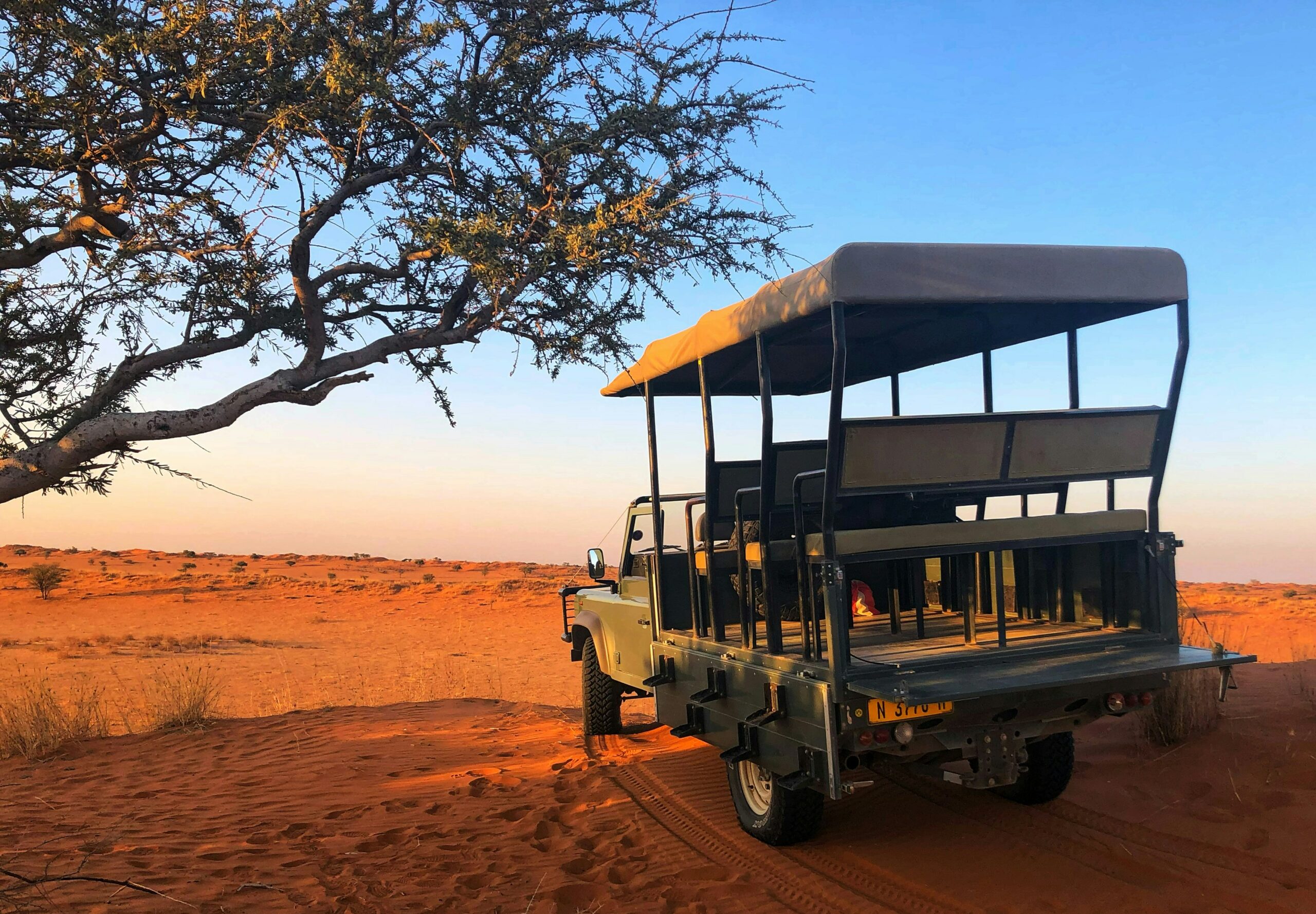
Human-wildlife conflict
If we agree that we can’t always fairly separate humans from habitat we wish to conserve or protect (forcibly or otherwise), then we must find ways for humans and Nature to coexist within these high priority environments, or at points where they overlap.
There are many people existing in this overlap. For example, 1.6 billion rural people live within 5 kilometers of a forest and more than 1 billion depend on wild food. But these habitats are under threat. As human populations grow, demand for natural resources increases, including land for agriculture.
Humans and Nature are pitted against each other. Forests are encroached upon, fragmented and degraded, but at the same time, wildlife can destroy crops, damage infrastructure, and kill livestock and people, causing anti-nature sentiment and retaliation. Zoonotic transmission of infectious diseases from wild animals is also an increasingly worrying issue.
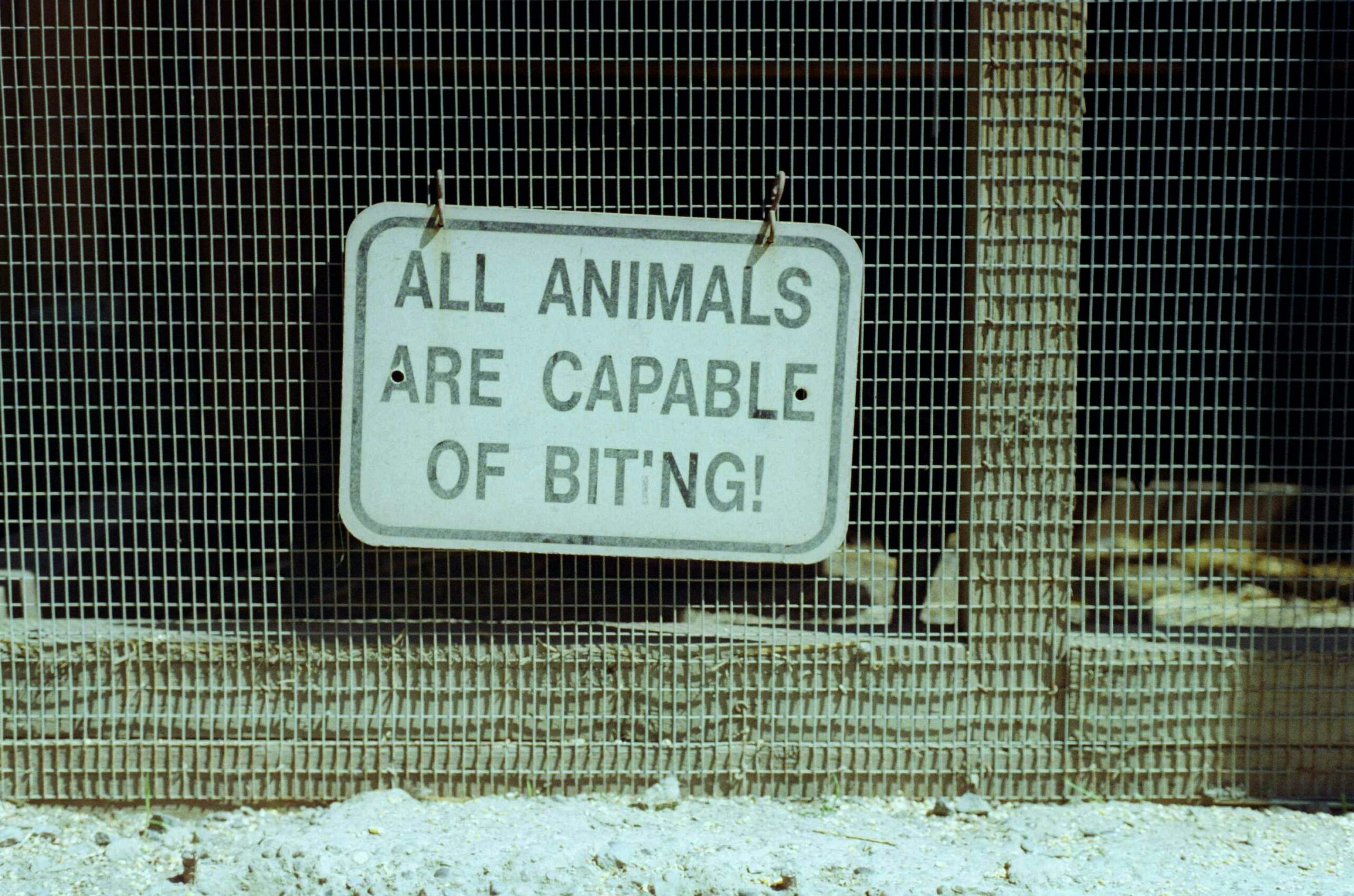
Humans are reliant on the forests – some intimately – so their protection is non-negotiable. However, unless we manage short term human needs, issues of conflict and competing demands, and find ways for both wildlife and humans to persist in these spaces (and ideally thrive), we won’t find a sustainable solution.
This is easier said than done of course. According to the SDG Knowledge Hub, we must:
- Empower affected communities to design local solutions to manage human-wildlife conflicts
- Bring together different stakeholders across sectors to formulate case-specific policies and strategies.
- Create effective early-warning systems, data collection, monitoring and reporting, to pre-empt and manage potential conflicts.
“Ultimately, we must recognise that coexistence between humans and wildlife is only possible when communities recognise wildlife’s value and benefits.” – SDG Knowledge Hub
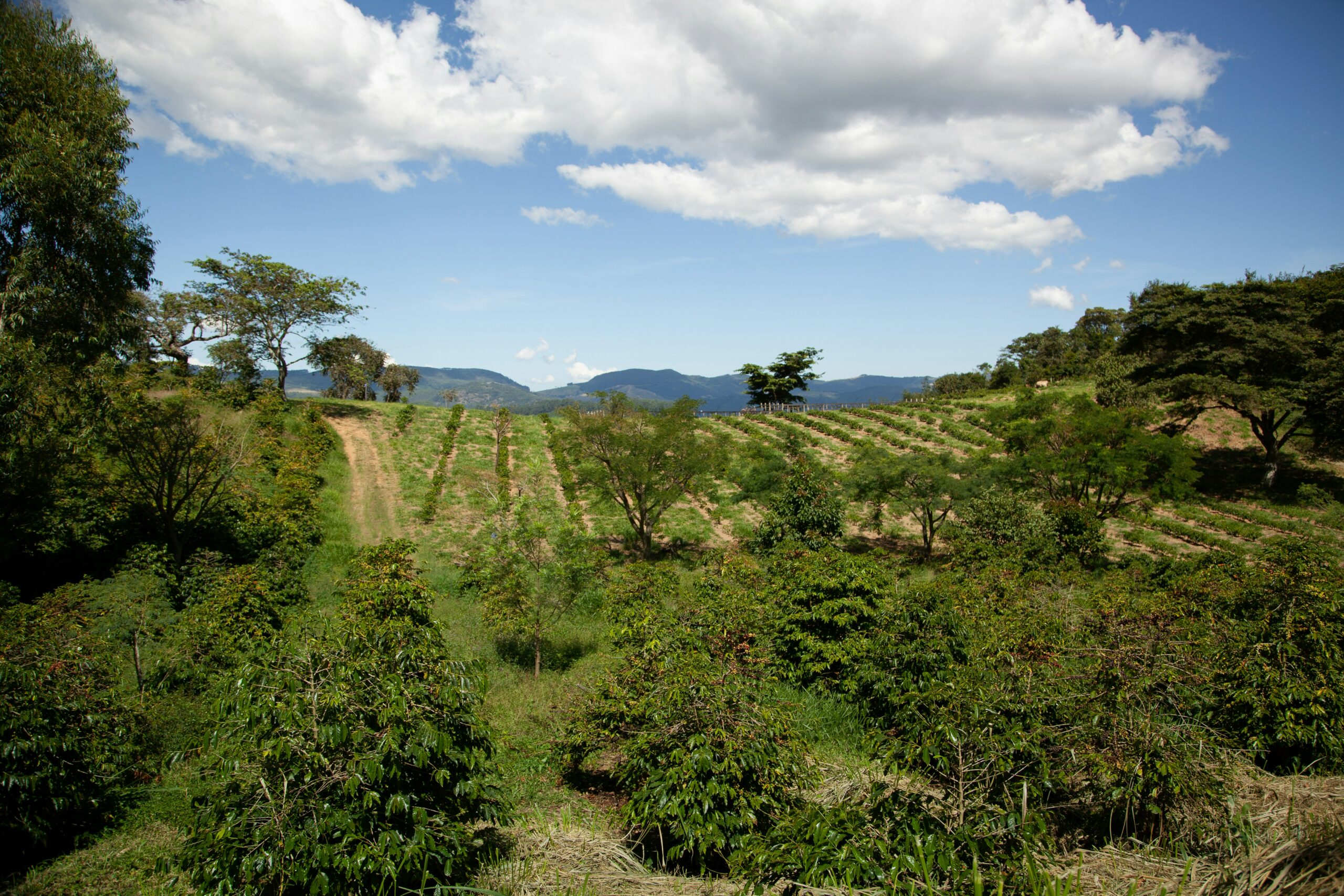
Sometimes it’s complicated
Then there are a number of criticisms of environmentalism that, while valid, are also a bit more nuanced or complicated. These can come both from outside the movement and from within, as the environmentalism is broad, representing a variety of ideas and political positions.
Animal welfare concerns
The shape and nature of conservation varies enormously. There are umerous disagreements on specific approaches or strategies: land sharing v land sparing, habitat scale conservation v target species, re-wilding v carefully curated habitat management.
In some instances, actions might be a tad unsavoury for some. For example, a lot of conservation in New Zealand (which possesses numerous vulnerable endemic species) involves active culling of invasive species. While being able to fire a rifle from a helicopter is rarely on a UK conservationists CV, it is a common practice in New Zealand to control the introduced deer population, which damage the native flora and fauna.
This has led to concerns over animal welfare, where non-lethal injuries might cause an animal significant suffering. Those that object to the shooting of grey squirrels in the UK, common in areas where they are encroaching on red squirrel populations, raise similar concerns. Again, it comes down to prioritise, values and whether a ‘greater good’ is sufficient rationale to tolerate a degree of individual suffering.

Conservation seen as elitist
Conservation has often been accused of being elitist, which in turn has negatively impacted other groups (e.g. displaced indigenous groups), or even hindered the efficacy of conservation efforts. While this is increasingly acknowledged, and there have been improvements in inclusivity and representation recently, it is a valid criticism and a pervasive legacy.
In many ways, conservation can be seen as a privileged pursuit, for those with the luxury of time and headspace to contemplate the plight of the natural world. But that itself is perhaps an elitist viewpoint. For many indigenous groups, conservation is not a separate pursuit, but part of the everyday and a harmonious coexistence with Nature.
According to critics, environmental elitism manifests itself in three different forms:
- Compositional – Environmentalists are from the middle and upper class.
- Ideological – The reforms benefit the movement’s supporters but impose costs on nonparticipants.
- Impact – The reforms have “regressive social impacts”. They disproportionately benefit environmentalists and harm underrepresented populations.
They accuse the environmental movement of being so concerned with cleaning up and preserving nature that it ignores the negative side-effects that doing so caused communities nearby, namely less job growth. There is also a clear “West knows best” bias, with its roots in colonialism, which has also been highly detrimental in many instances.
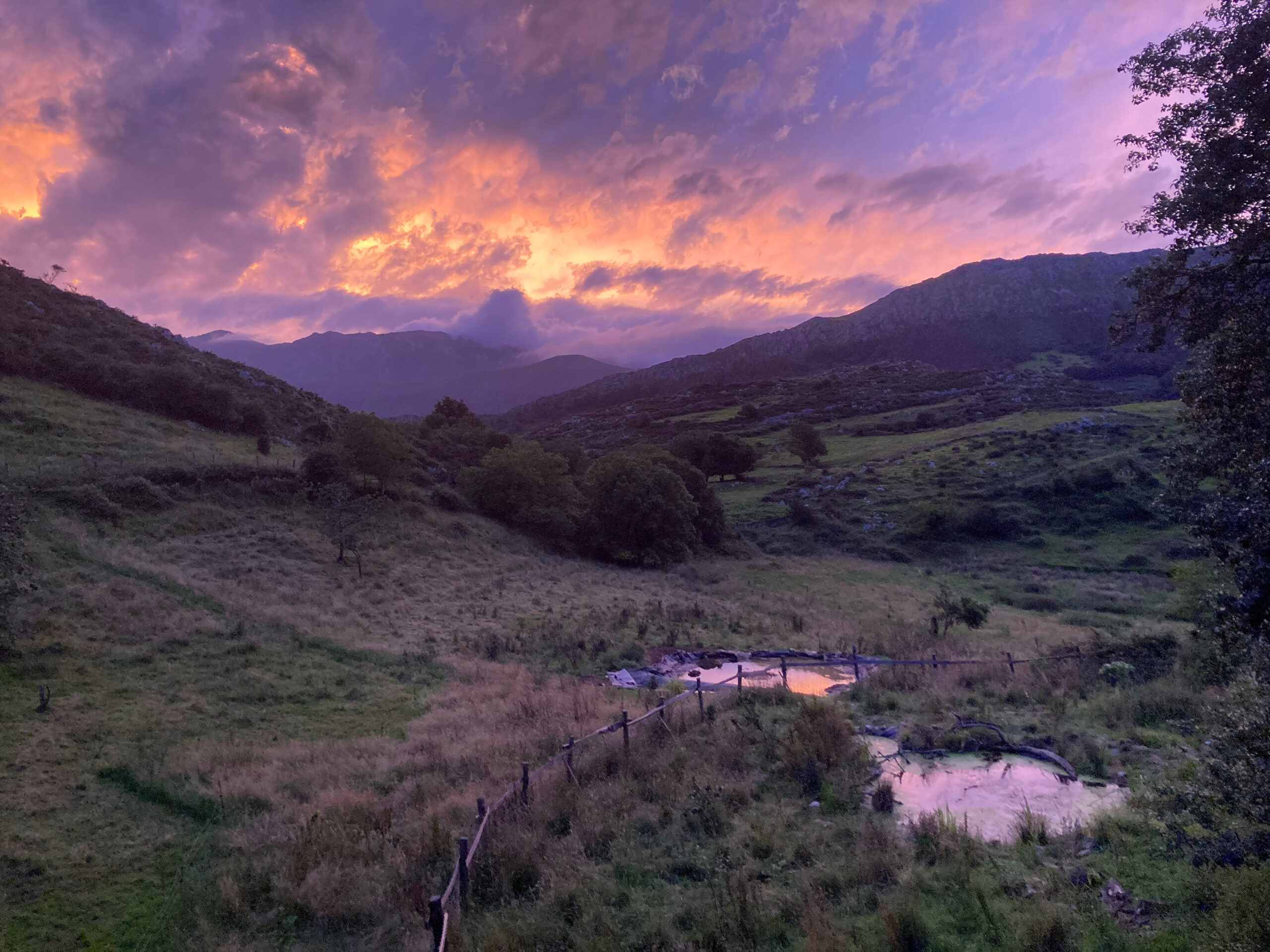
Conflicting cultural values
In many instances, as with Luke’s experience with his Asturian locals, cultural values occasionally run counter to conservation or ecological restoration. Often there is a clear source to such sentiments, rooted in heritage, tradition and recent history. I am no Spanish historian or social scientist, so can’t offer much insight here, but as Luke says in his interview, moving to the city is seen as a sign of progress, an escape from a more tougher ‘more primitive’ pastoral existence.
Spain’s urban migration is far more recent than other European countries, supercharged after the death of Franco and the resurgence of Democracy. The real hardships endured by many in the twentieth century linger in the social conscience. While there is great appreciation for the natural world in many cases, to many it almost seems perverse to many prioritise it ahead of humans. In many instances Nature doesn’t ‘feel’ remotely under threat also, with high levels of biodiversity and numerous beautiful environments still present across the country.
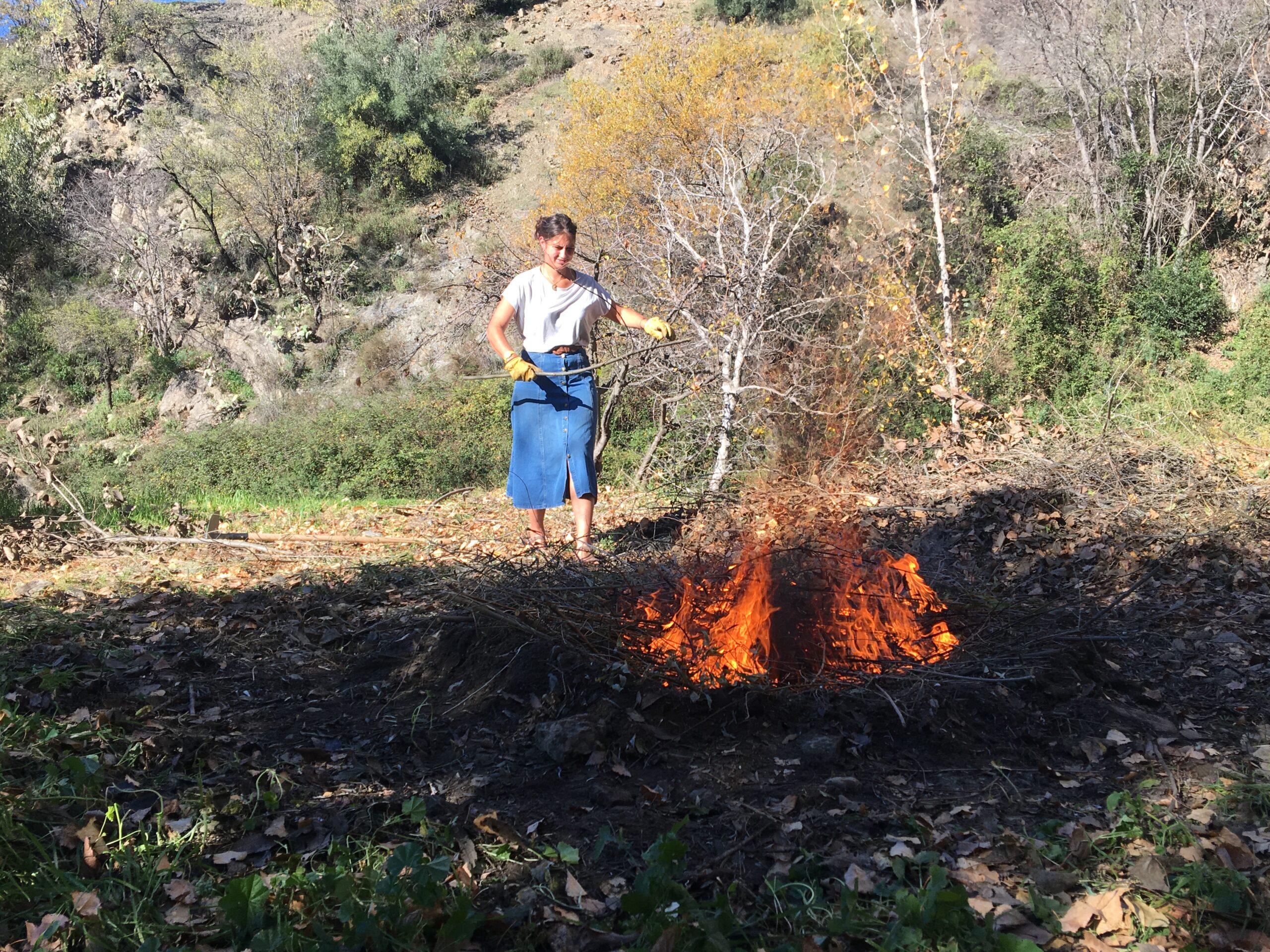
However, environmental issues are still present, and as we have seen in countries further down this path (like the UK), this race for modernity and ‘progress’, without sufficient environmental guardrails, ultimately leads to severe habitat degradation and species loss. As Luke says, decisions to cover huge swaths of land in cash crop monocultures, like eucalyptus, might provide some short term gain for some, but in the long run they provide almost no benefit to local people and wildlife.
The challenge is to take the time to truly understand these key cultural values so as to avoid conflict. Ideally, conservation can draw on the best of each communities’ values and find ways to apply them to conservation, whether that a pride in hard work, a country’s natural beauty, a key charismatic species, or a people’s health or strength etc. In the end though, we can’t win everyone over, nor do we need to. If we can instil a love of Nature in the young though, we stand a fighting chance!

The need to conserve is an inconvenient truth
Finally, there are a number of criticisms of conservation which are less valid (in our opinion). Ultimately, these are instances where policies and actions to protect, restore and conserve Nature create short term inconvenience, or threaten economic gain.
Unlike the human-wildlife conflicts mentioned above, we are not talking about compromising basic needs (water, shelter etc) but more the privileged freedom to act and profit in ways that are detrimental to Nature, without any moderation or consequences. These concerns range from the understandable (e.g. a homeowner who must pay for a bat survey as part of their loft conversion) to the intentionally deceptive and malicious (e.g. fossil fuel lobbyists feeding climate change denial or ‘greenwashing’).
As a result, industries or individuals may resist regulations aimed at reducing pollution or protecting natural resources when they are seen as environmentally detrimental. Often these are only ever short term gains at risk, as once we consider Natural Capital and the various ecosystem services and functions that Nature provides, ultimately the conservation or our natural resources makes resounding economical sense also (I would recommend Dieter Helm’s Green and Prosperous Land for those who want to read more here).
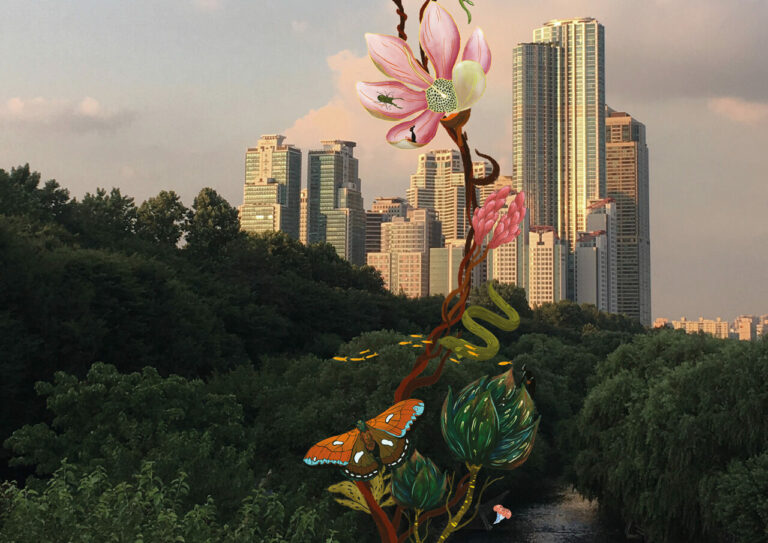
Conservation works but there are always trade offs
While we should be sympathetic to those adapting to change, consider legitimate concerns and points of conflict, and take time to make the best decisions and approaches, we must continue to be a Voice for Nature, extoll its value and virtues and push for its protection. Not least because, we know that conservation works!
A recent landmark study and meta-analysis by the University of Oxford found that,
“conservation actions—including the establishment and management of protected areas, the eradication and control of invasive species, the sustainable management of ecosystems, habitat loss reduction, and restoration—improved the state of biodiversity or slowed its decline in most cases (66%) compared with no action taken at all.”
Now that doesn’t mean it’s always done right, or that there aren’t legitimate criticisms, but if our aim is to improve the state of biodiversity on the planet, well we know that conservation works and is worth getting right!











